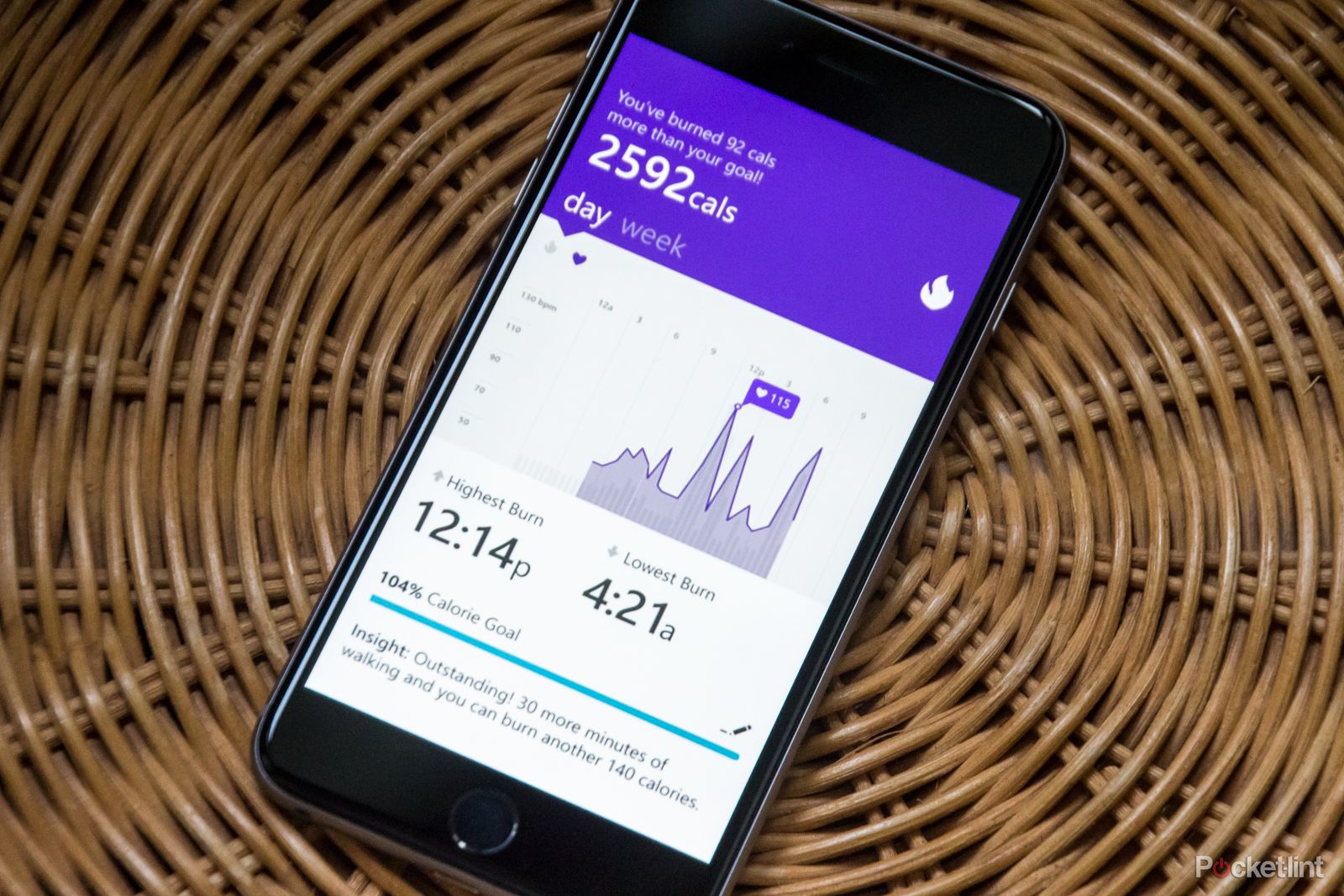Microsoft has announced its own fitness tracking device, the Microsoft Band, and with it its own version of Apple HealthKit or Google Fit.
Health and fitness in the technology field is big business at the moment and seemingly a new battleground for the bigger companies to duke it out. There are plenty of rival fitness trackers on the market to Microsoft's but rather than lock its ecosystem to exclude them, it is creating a place where they are all welcome.
Microsoft Health is its name and it is a cross-platform cloud service that stores a users data in the cloud, received from all manner of devices, but why is it different to those from Apple, Google and others? Hopefully this brief guide will give you some idea.
What is Microsoft Health?
As explained, Microsoft Health is a cloud-based service that links with physical devices and other fitness software in order to unite all of the statistics and health data of a user in the one place. It can then be accessed from multiple mobile and desktop devices.
It collects data about nutrition and general health and fitness, including steps, calories, heart rate and more. It then presents that data using Microsoft's proprietary Intelligent Engine.
READ: Microsoft Band announced with cross-platform Health app
Intelligent Engine, what's that?
The Intelligent Engine can use the data accumulated to present details in a specific but simple to understand manner. At launch, this includes things such as which exercises burned the most calories during a workout, recovery time based on the intensity of a workout, and the amount of restful/restless sleep.
As time goes on, the engine will learn more about you and get smarter through future updates. Microsoft plans to incorporate calender and email information, for example, to relate data to schedules. It will even be able to assess facts such as whether eating at certain times helps you train harder or run faster.
Don't Apple Health and Google Fit collect your fitness data too?
Yes. However, Microsoft Health is cross platform in that there are apps for iOS, Android and Windows Phone. It also works on PC and Mac.
Apple's HealthKit is iOS specific, while Google Fit is for Android and Android Wear only at the moment. That could change in future. You can access your cloud stored details on a computer, but Microsoft Health is currently the only one that can read and use data from all devices, including an iPhone 6 motion processor, Android Wear smartwatch or Android phone.
Does it work with other apps?
Yes. Apps and services so far supported include Jawbone's Up, MapMyFitness, MyFitnessPal and RunKeeper. Data gathered and stored by those will be incorporated into Microsoft Health.
Microsoft will also allow you to connect Microsoft Health to Microsoft HealthVault, which will use certain aspects of the data to share you medical providers.
When will it be available?
Microsoft Health is available as a free download on iOS, Android and Windows Phone now.

